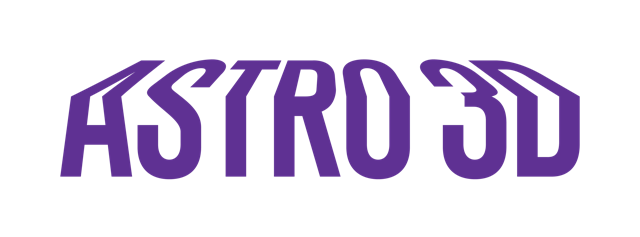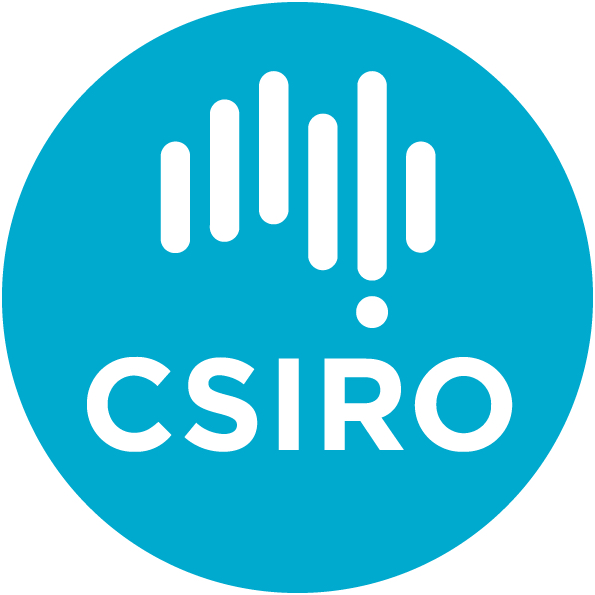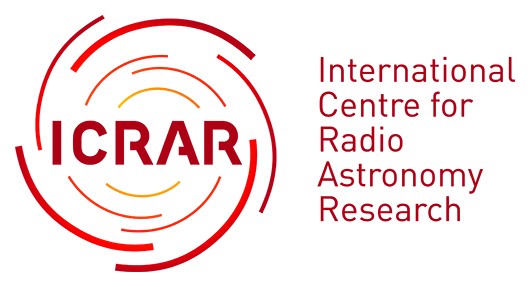February 2022
Editor: Tristan Reynolds
Foreword
Tristan Reynolds
Welcome to the February 2022 edition of the WALLABY newsletter! There is lots of exciting work going on within the team! Pilot survey phase 2 is well underway with most fields observed and processing underway for the first of these fields for internal release to the team in the coming weeks. We are also preparing for the public data release of pilot survey phase 1 data. The team continues to be very productive with several papers accepted, submitted and in preparation.
WALLABY has also had some images from phase 1 data included in the outreach activities of CSIRO and ASTRO 3D. Bi-Qing For’s composite image of NGC 1367 was shared on CSIRO-ATNF twitter account and two images made by Jing Wang and Tristan Reynolds of the Hydra cluster were included in the CSIRO article ‘Top 10 images from the ASKAP radio telescope‘. The recently published paper led by Tristan Reynolds ‘WALLABY pilot survey: H I gas disc truncation and star formation of galaxies falling into the Hydra I cluster’ was the topic for the February 2022 ASTRO 3D Monthly Media article titled ‘Stripping Galaxies‘.
In this issue, we have science updates from the recently accepted paper by Shun Wang on his study of the Eridanus Supergroup and published paper by Tristan Reynolds on his work on the Hydra cluster. New team member Marcin Glowacki provides a highlight of iDaVIE-v, a tool that can be used to view WALLABY cubes in VR. There are profiles on 8 new WALLABY members who have joined since August. We have updates from Technical Working Groups 3, 4, 5 and 7 and Science Working Groups 1 and 2. Happy reading!
Message from the PI
Lister Staveley-Smith
The major event, from the team point-of-view, since the last edition has been the preparation and submission of the RASSP proposal. Needless to say, this was a team effort and is mainly thanks to the dedication and efforts of our Science and Technical Working Groups, the management team as well as the advice and comments contributed by members of the executive and members of the wider team. A huge round of applause! Hopefully our efforts will be rewarded by the commencement of full WALLABY survey operations later in 2022. It’s certainly been impressive how quickly the team’s science output has ramped up during the pilot phase 1 surveys. But before full survey operations begin, there is a still a treasure trove of phase 2 data to be released to team members for analysis. Check out the field coverage and processing status on our redmine wiki! Finally, I’m pleased to announce that our new chair for Technical Working Group 6 on Data Visualisation is Marcin Glowacki. Marcin’s new membership and iDaVIE-v articles can be seen below.
Message from the project manager
Tobias Westmeier
During the second half of 2021 the WALLABY management team was focused on preparing the new WALLABY proposal for the review of ASKAP survey science projects (RASSP). Our proposal was submitted in early November 2021, and I would like to thank our technical and scientific working groups for their help with this effort. The outcome of the review is expected to be announced in late February, with full ASKAP survey observations currently anticipated to start around mid 2022.
Meanwhile, preparations are under way for the first public release of source parameters and imaging data for almost 600 galaxies detected during phase 1 of WALLABY pilot observations. We also plan to release kinematic models for more than 100 spatially resolved galaxies from phase 1. The kinematics and source finding working groups have been working hard over the past few months to get all of the data products ready for public distribution. The data will be made available through the CSIRO ASKAP Science Data Archive (CASDA) and the Canadian Astronomy Data Centre (CADC). The release will mark the beginning of regular, annual public releases of WALLABY survey data over the coming years.
Message from the project scientist
Karen Lee-Waddell
WALLABY is making significant progress on Phase 2 of the pilot survey. As shown in Table 1, most of our observations have been completed. For NGC 4808 footprint B, the initial observations had beam weight issues. Those data products were therefore rejected in CASDA and the field is now back in the observing queue.
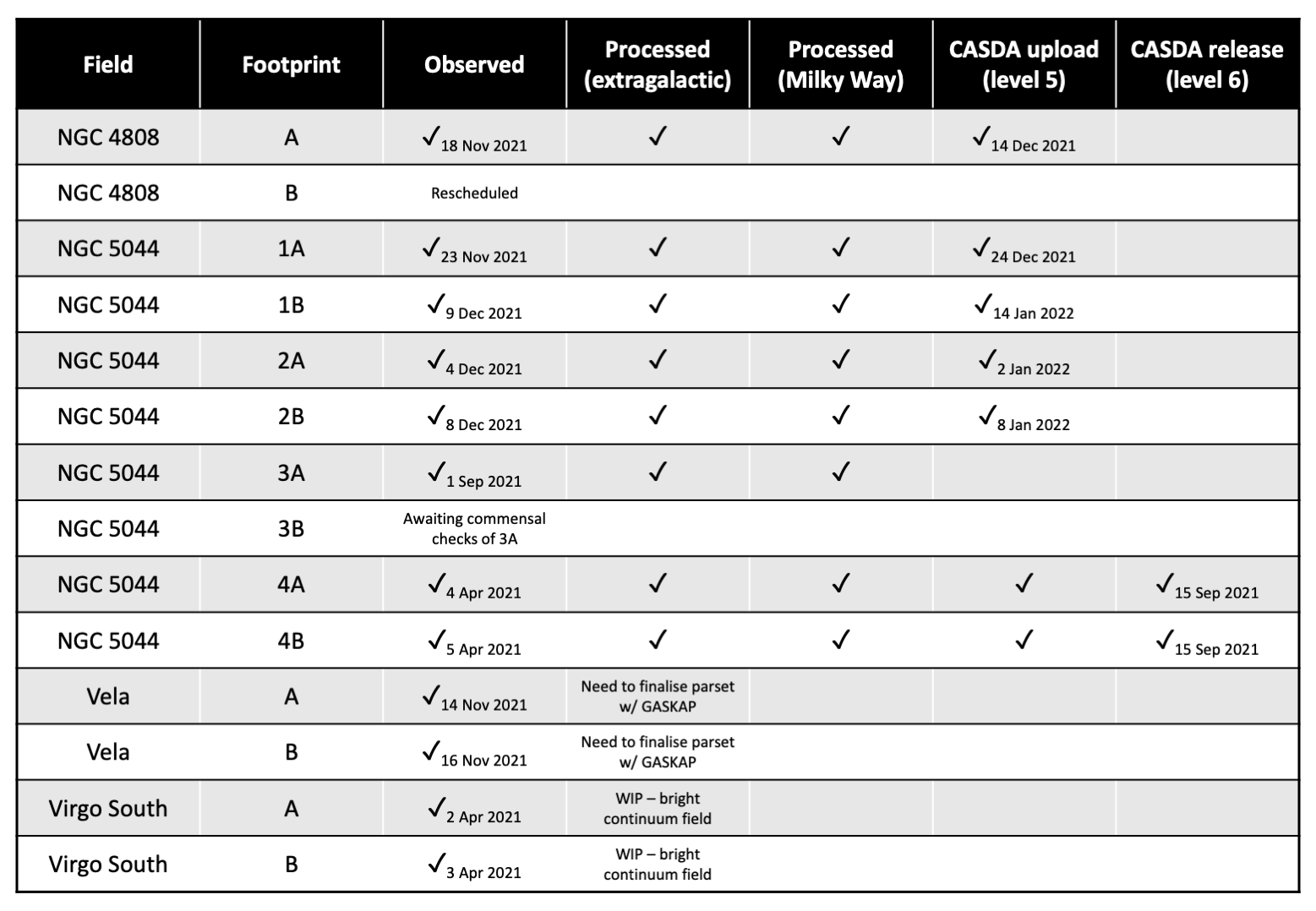
NGC 5044 tile 3 is our commensal EMU-POSSUM-WALLABY set of observations. We are quite happy with the 3-way processing pipeline used for footprint 3A, so much so that we used that version of the pipeline for the remainder of the “standard” WALLABY Phase 2 processing and even produced continuum cubes as bonus data for POSSUM. Hopefully, the continuum teams are equally happy with the commensal observing and processing strategy so footprint 3B can be observed.
The “non-standard” Phase 2 fields are still in progress. The Vela field was observed commensally with GASKAP-HI using zoom mode 2 (with 9.25 kHz channel resolution). This observing strategy requires an additional level of data averaging for WALLABY to maintain 4 km/s channel resolution image cubes. The Virgo South field is our attempt to observe regions with bright continuum, which is still proving to be quite difficult for an automated processing pipeline.
Now that a large portion of the WALLABY Pilot Phase 2 fields have been processed and uploaded onto CASDA (level 5), validation and quality control checks are being carried out before the data will be released publicly (level 6). The Australian SKA Regional Centre (AusSRC) has also been busy in preparing a framework and user interface to produce and enable access to value-added data products (i.e. level 7) for WALLABY team members. Goodbye Dropbox links, hello AusSRC-WALLABY platform that still needs a spiffy name!
New Member Profiles
Jacinta Delhaize
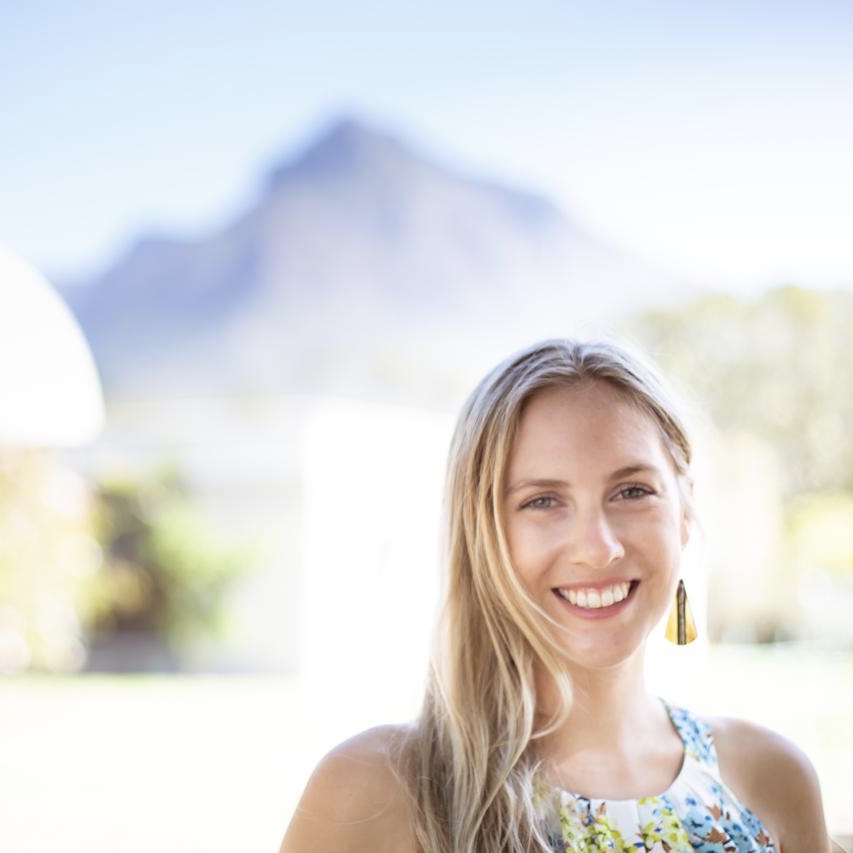 Hi WALLABY team! I’m a lecturer at the University of Cape Town (UCT) in South Africa. Prior to this I was a South African Radio Astronomy Observatory (SARAO) postdoc at UCT, and a European Research Council postdoc at the University of Zagreb in Croatia. I hail originally from Western Australia, where I did my PhD at ICRAR-UWA with Lister Staveley-Smith and Martin Meyer. I study galaxy evolution from both a radio continuum and HI perspective. I’m particularly interested in giant radio galaxies, the infrared radio correlation and dust unbiased star formation rate history, and statistical detections of high redshift HI. I have a lot of experience with large radio surveys including the VLA-COSMOS 3GHz Large Project, MIGHTEE and LADUMA, and am the co-chair of the Source Finding Working Group for LADUMA. I’m also a science communicator and am very interested in public and stakeholder engagement in astronomy research. Thanks for having me as part of the WALLABY team. I look forward to working with you all to push the limits of our HI data, understand more about the role of neutral gas in galaxy evolution and share our findings with the world!
Hi WALLABY team! I’m a lecturer at the University of Cape Town (UCT) in South Africa. Prior to this I was a South African Radio Astronomy Observatory (SARAO) postdoc at UCT, and a European Research Council postdoc at the University of Zagreb in Croatia. I hail originally from Western Australia, where I did my PhD at ICRAR-UWA with Lister Staveley-Smith and Martin Meyer. I study galaxy evolution from both a radio continuum and HI perspective. I’m particularly interested in giant radio galaxies, the infrared radio correlation and dust unbiased star formation rate history, and statistical detections of high redshift HI. I have a lot of experience with large radio surveys including the VLA-COSMOS 3GHz Large Project, MIGHTEE and LADUMA, and am the co-chair of the Source Finding Working Group for LADUMA. I’m also a science communicator and am very interested in public and stakeholder engagement in astronomy research. Thanks for having me as part of the WALLABY team. I look forward to working with you all to push the limits of our HI data, understand more about the role of neutral gas in galaxy evolution and share our findings with the world!
Amelia Fraser-McKelvie
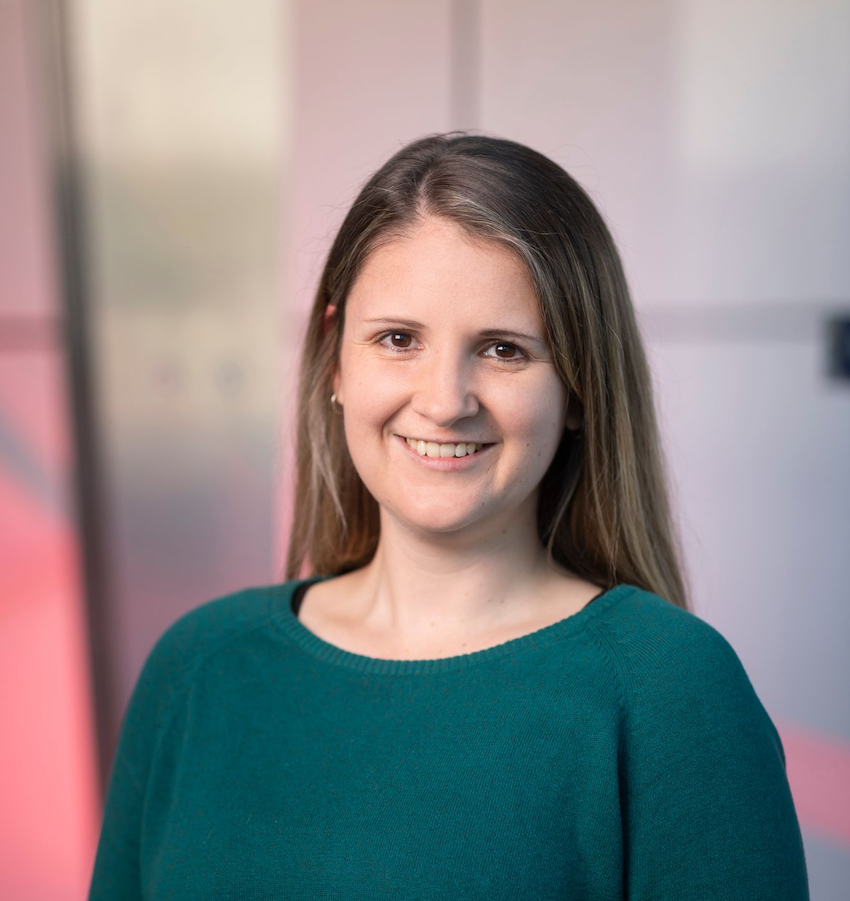 Hi, I’m Amelia, and I’m a postdoc at the University if Western Australia as part of the International Centre for Radio Astronomy Research. I work in the field of galaxy evolution and have particular interest in the structure of galaxies and why they look the way they do. My latest research is on the topic of stellar bars: thought to have a significant effect on the evolution of their host galaxy, these structures are not well understood by either observations or theory.
Hi, I’m Amelia, and I’m a postdoc at the University if Western Australia as part of the International Centre for Radio Astronomy Research. I work in the field of galaxy evolution and have particular interest in the structure of galaxies and why they look the way they do. My latest research is on the topic of stellar bars: thought to have a significant effect on the evolution of their host galaxy, these structures are not well understood by either observations or theory.
While I am primarily an optical astronomer, I am very interested in the cold gas content and distribution of barred galaxies and what it can tell us about the angular momentum transfer predicted to occur for bar growth. I plan to use both resolved and unresolved WALLABY observations to examine the angular momentum properties of barred galaxies in the local Universe. I’m excited to join the team and looking forward to meeting you all (virtually or in person) soon!
Marcin Glowacki
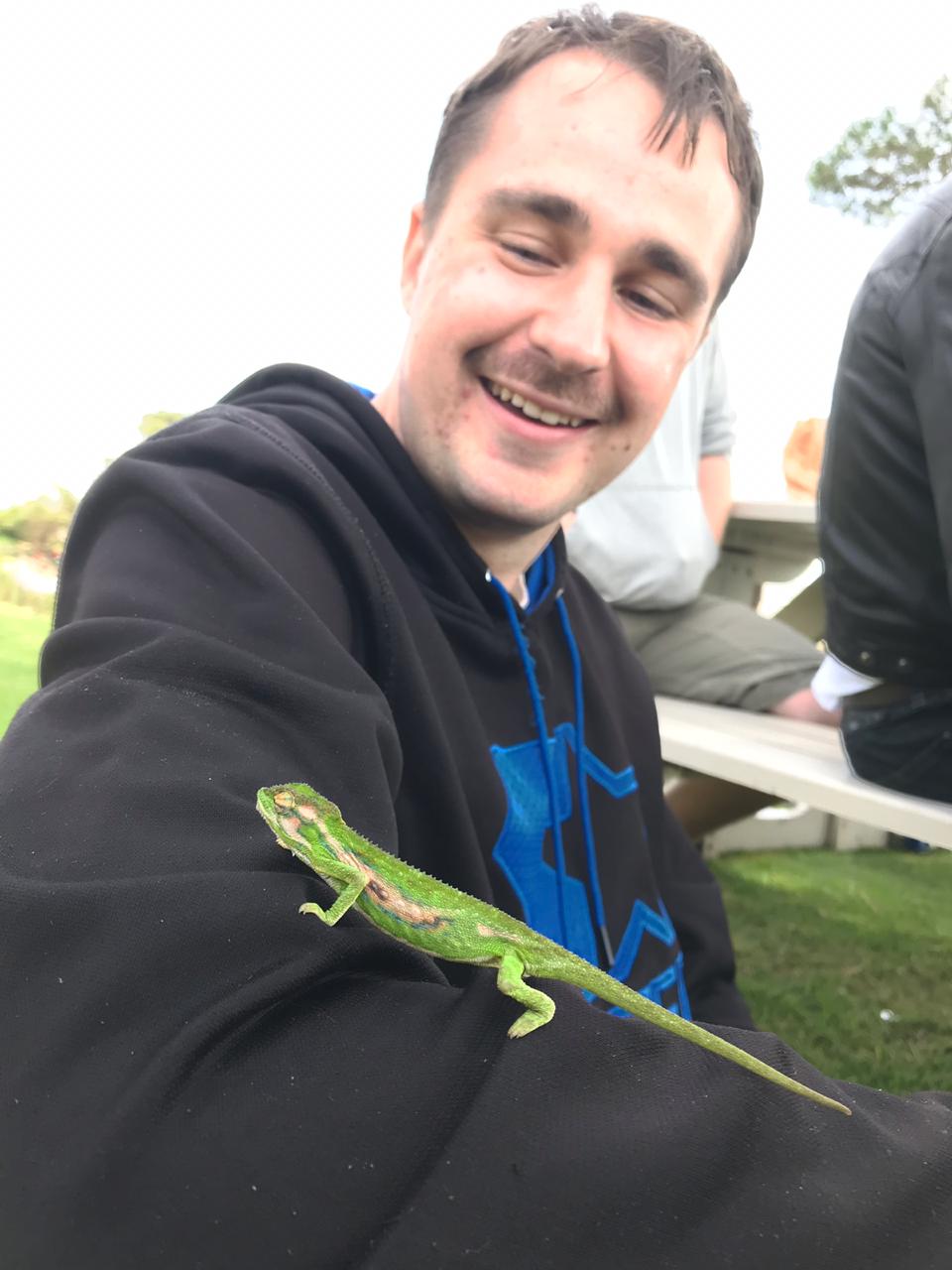 I am a postdoc working at Curtin on fast radio bursts (FRBs) with the CRAFT team, and am particularly interested in the host galaxy properties of FRBs we localise with ASKAP.
I am a postdoc working at Curtin on fast radio bursts (FRBs) with the CRAFT team, and am particularly interested in the host galaxy properties of FRBs we localise with ASKAP.
Previously, I was an IDIA postdoctoral research fellow based at University of the Western Cape, South Africa. There I analysed the HI content of galaxies within the Simba hydrodynamical simulations, and participated in HI emission surveys with MeerKAT (data reduction, scientific analysis and source finding), including LADUMA which I am a co-lead of the source finding working group. During my PhD I worked on HI absorption with ATCA and ASKAP-BETA as part of the FLASH team at the University of Sydney and CSIRO Astronomy and Space Science.
Given my background in HI astronomy I am naturally interested in WALLABY, and growing connections between both simulated galaxies and the identified hosts of FRBs with the emission-line findings of WALLABY. VR software to assist with source finding and quality analysis is another area I am currently exploring.
Joe Grundy
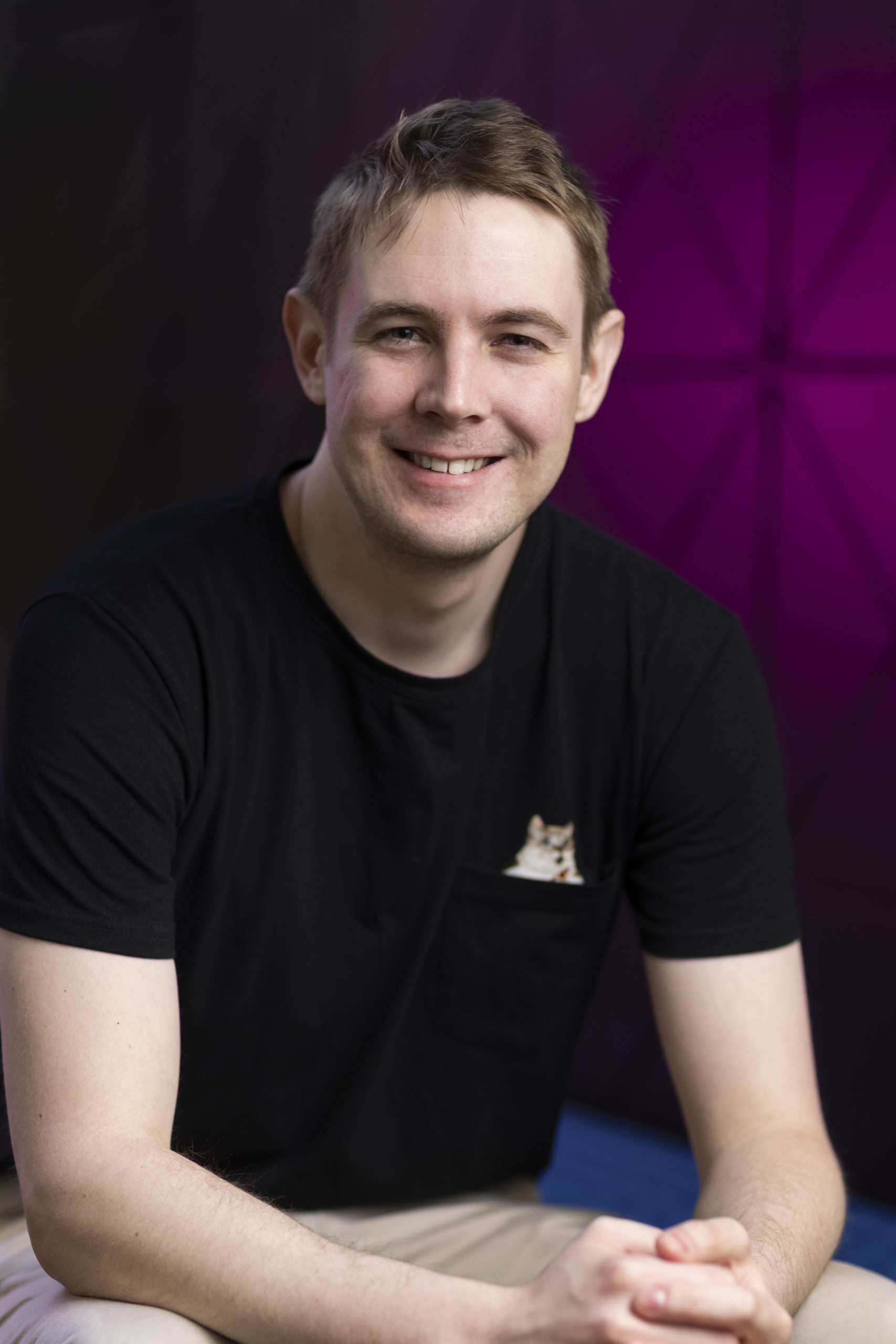 I am a PhD student that started in 2021 at the Curtin Institute for Radio Astronomy and CSIRO Space and Astronomy in Perth Australia. My research focus involves understanding the star formation properties of local star forming galaxies and seeing how the physical properties of star forming galaxies affect the radio continuum features we observe including the radio spectral energy distribution, resolved spectral index, and resolved infrared-radio correlation.
I am a PhD student that started in 2021 at the Curtin Institute for Radio Astronomy and CSIRO Space and Astronomy in Perth Australia. My research focus involves understanding the star formation properties of local star forming galaxies and seeing how the physical properties of star forming galaxies affect the radio continuum features we observe including the radio spectral energy distribution, resolved spectral index, and resolved infrared-radio correlation.
I am currently working on connecting the radio continuum features we observe in the Eridanus supergroup to the HI properties to see whether we can observe the environmental impact on the radio continuum and resolved infrared-radio correlation of these galaxies which are known to be undergoing environmental pre-processing. In the future I hope to continue working with ASKAP, ATCA and WALLABY survey data to improve our understanding of the physical and star formation properties which give rise to the radio continuum emission features within galaxies.
Minsu Kim
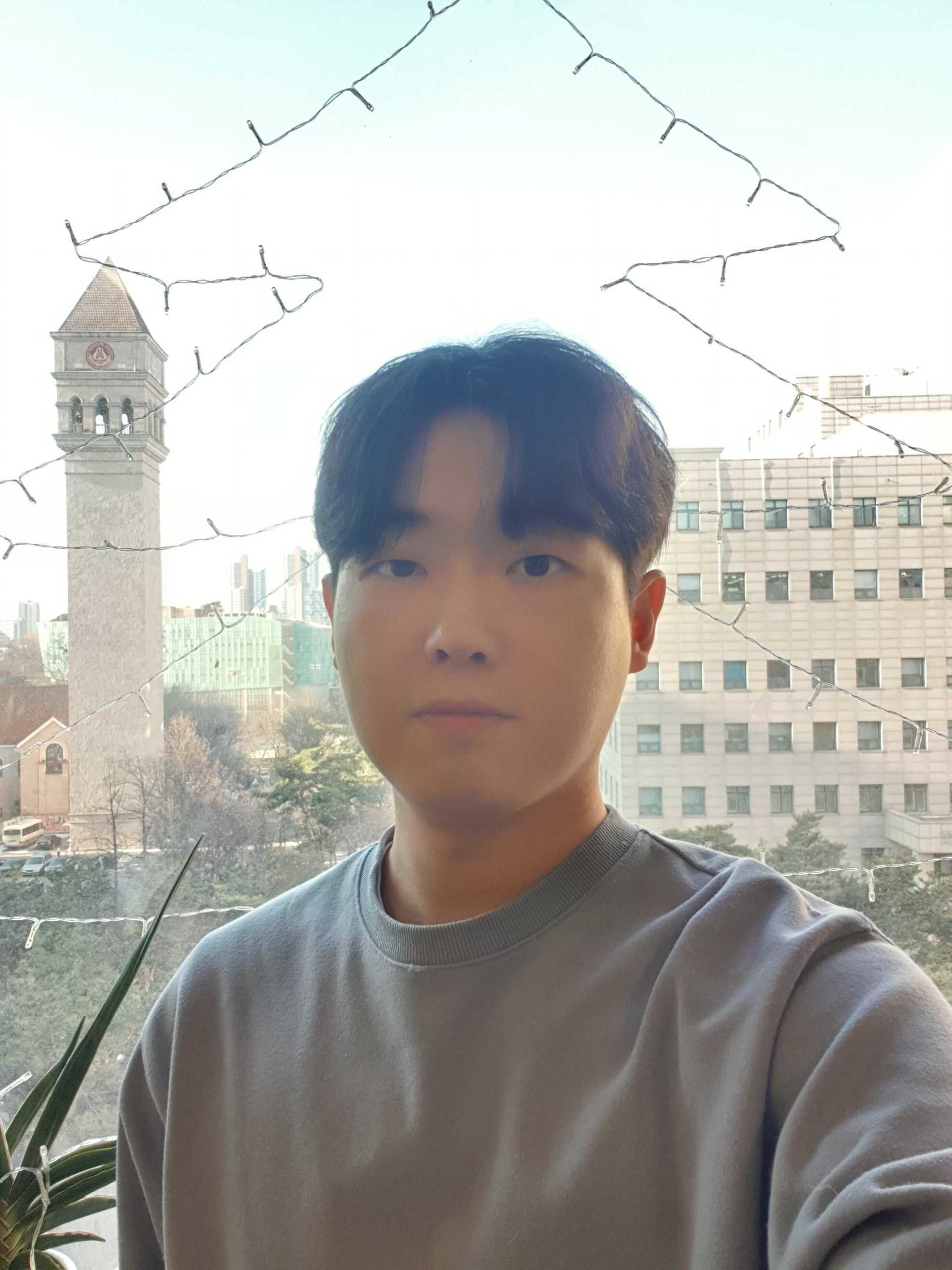 I graduated with my undergraduate degree in the Department of Physics and Astronomy at Sejong University (Seoul, Korea) in 2021. Now, I have been studying my master’s degree in Astronomy and Space Science at Sejong University under the supervision of Prof. Se-Heon Oh, investigating correlations between HI properties and star formation activities of nearby galaxies via stacking techniques. Specifically, we have been constructing HI superprofiles of THINGS, LITTLE THINGS and LVHIS galaxies from profile decomposition analysis. We aim to extend this sort of study for the WALLABY resolved galaxies, and have made a practical application to the marginally resolved galaxies in the Hydra and Norma cluster fields from ASKAP pilot observations. In this regard, I am so delighted to join the WALLABY team with such diverse and great individuals. I hope I will be able to contribute to the further success of WALLABY, particularly in the HI profile analysis of the WALLABY resolved galaxies via stacking techniques.
I graduated with my undergraduate degree in the Department of Physics and Astronomy at Sejong University (Seoul, Korea) in 2021. Now, I have been studying my master’s degree in Astronomy and Space Science at Sejong University under the supervision of Prof. Se-Heon Oh, investigating correlations between HI properties and star formation activities of nearby galaxies via stacking techniques. Specifically, we have been constructing HI superprofiles of THINGS, LITTLE THINGS and LVHIS galaxies from profile decomposition analysis. We aim to extend this sort of study for the WALLABY resolved galaxies, and have made a practical application to the marginally resolved galaxies in the Hydra and Norma cluster fields from ASKAP pilot observations. In this regard, I am so delighted to join the WALLABY team with such diverse and great individuals. I hope I will be able to contribute to the further success of WALLABY, particularly in the HI profile analysis of the WALLABY resolved galaxies via stacking techniques.
Reanna Palleske
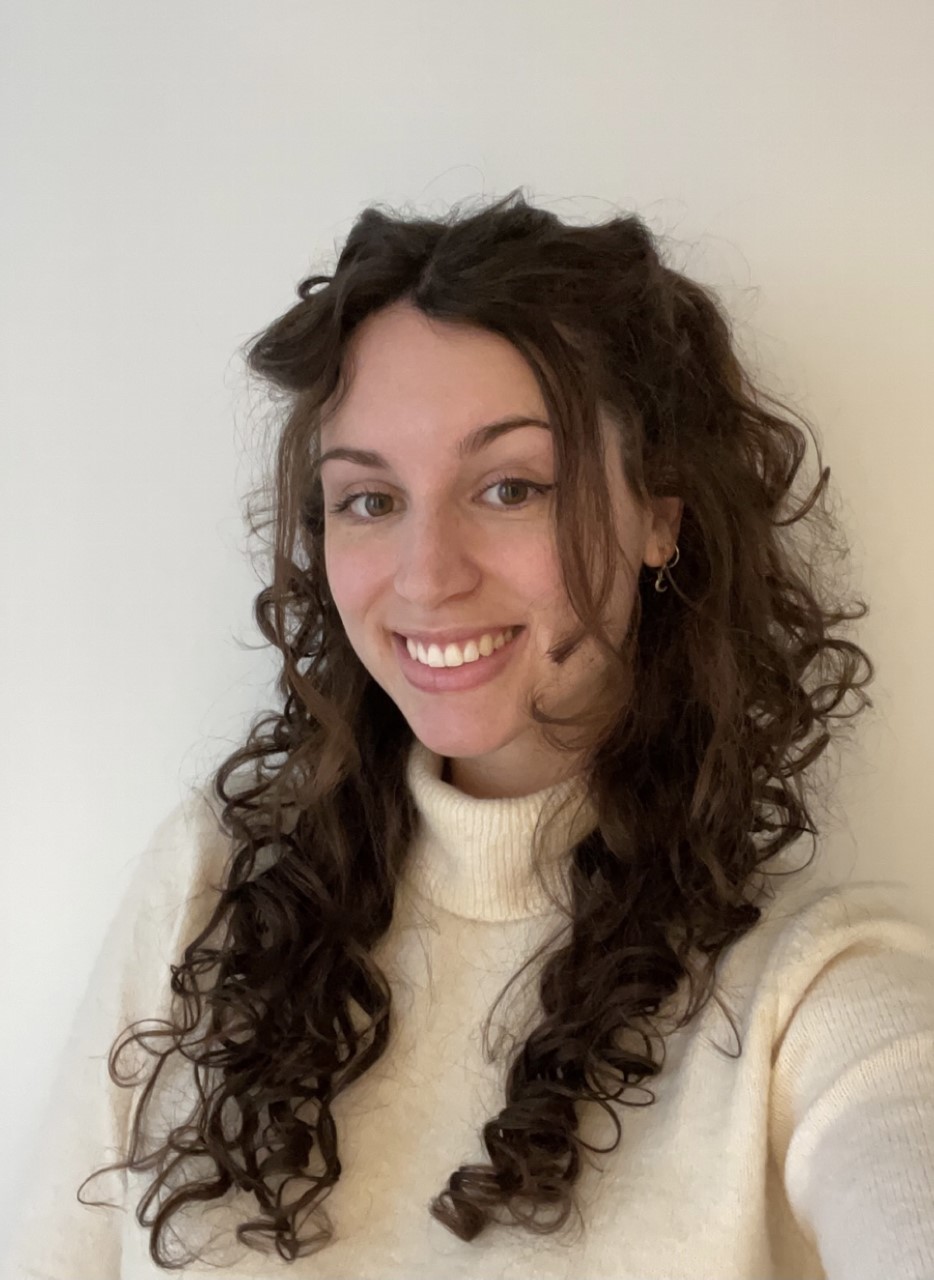 I graduated from the Royal Military College of Canada in 2021 with an undergraduate degree in Aeronautical Engineering. I am now pursuing a Master’s degree in Physics and Space Science at the same institute with my supervisor, Dr. Kristine Spekkens. I am very grateful to be working with my supervisor and other WALLABY team members on this exciting research opportunity.
I graduated from the Royal Military College of Canada in 2021 with an undergraduate degree in Aeronautical Engineering. I am now pursuing a Master’s degree in Physics and Space Science at the same institute with my supervisor, Dr. Kristine Spekkens. I am very grateful to be working with my supervisor and other WALLABY team members on this exciting research opportunity.
My current project is focussed primarily on modelling and identifying polar ring galaxies from WALLABY detections with Dr. Nathan Deg. By analysing a model polar ring galaxy at different orientations, I am working to provide further insight into the number of polar ring galaxies within the survey that cannot be reliably identified due to their inclination and the angle of their polar component. I am very fortunate to be participating in WALLABY research, and I look forward to expanding my learning as a member of this team.
Manasvee Saraf
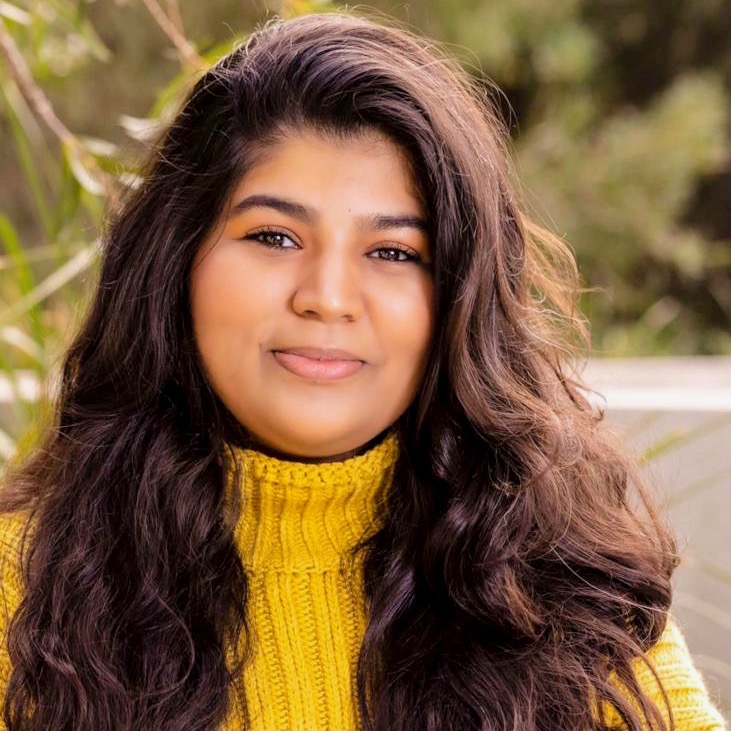 Hello! I am Manasvee Saraf, a PhD student, jointly-funded by ICRAR-UWA and CSIRO. My research is supervised by Ivy Wong and Luca Cortese. In 2020, I graduated from University College London with a Master in Science, Astrophysics degree. My Masters project was to construct the luminosity function of over a million galaxies from the KiDS galactic survey. I also have research experience in the fields of planetary science and stellar astrophysics, working on making and analysing photometric and spectrographic observations.
Hello! I am Manasvee Saraf, a PhD student, jointly-funded by ICRAR-UWA and CSIRO. My research is supervised by Ivy Wong and Luca Cortese. In 2020, I graduated from University College London with a Master in Science, Astrophysics degree. My Masters project was to construct the luminosity function of over a million galaxies from the KiDS galactic survey. I also have research experience in the fields of planetary science and stellar astrophysics, working on making and analysing photometric and spectrographic observations.
The aim of my PhD is to address how galaxy formation and evolution are affected by a galaxy’s local and global environment. To do this, I am analysing the atomic hydrogen (HI) spatial and spectral properties of galaxies in the Norma Cluster. I intend to constrain how galaxy properties change as a function of position within one of the most massive structures in the local Universe, what is the dominance and co-evolution of different HI stripping mechanisms and out to which distance from Norma does its environment perturb the gas cycle of galaxies.
To date, I have investigated the HI properties and evolution of Norma’s central bright cluster galaxy using mosaicked observations from the ATCA. I am currently working with the ASKAP spectral line commissioning team to process the pilot ASKAP WALLABY observations of the Norma cluster. I hope to eventually work with data from the full WALLABY survey.
Austin Shen
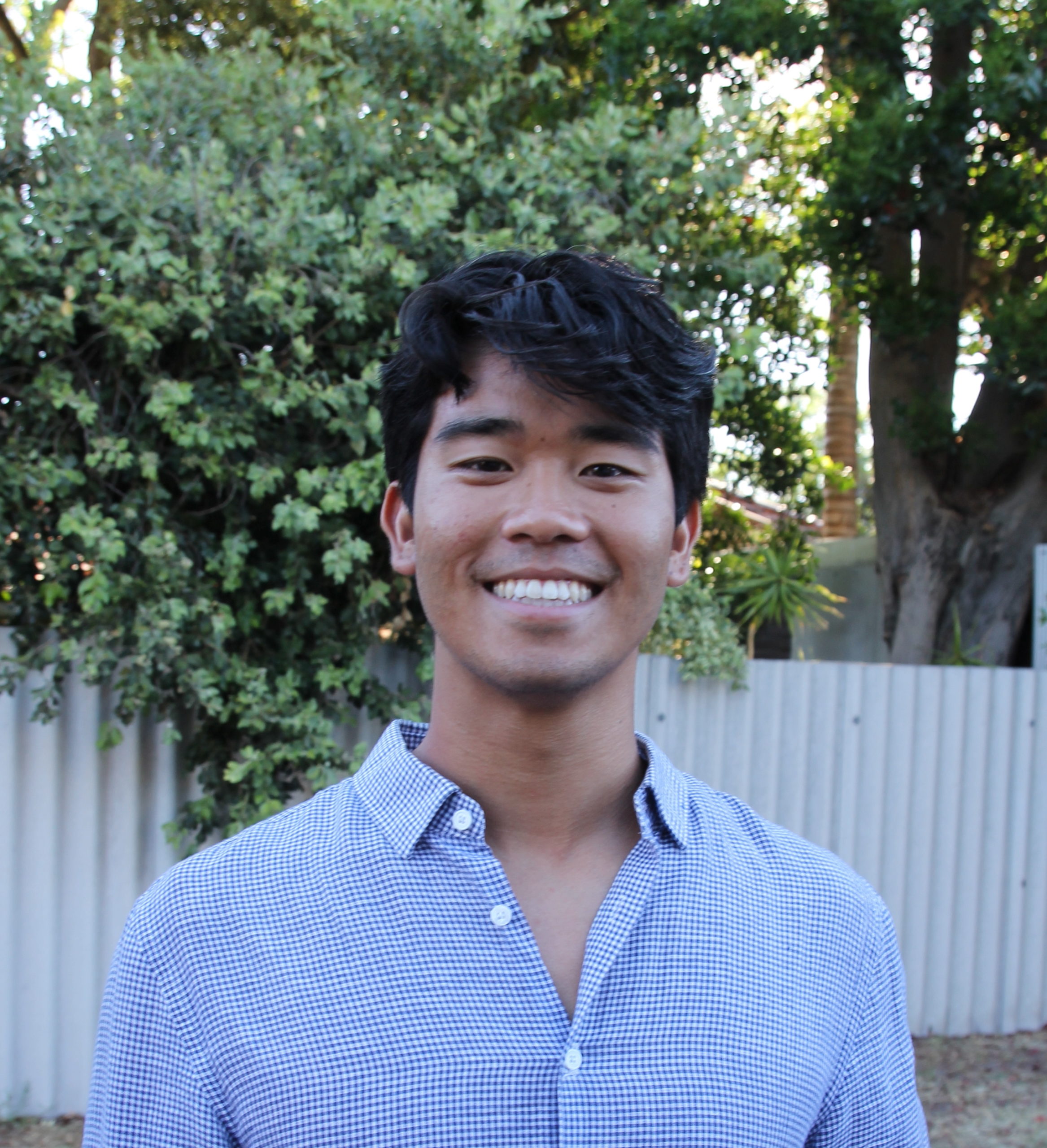 I am a research software engineer with the Australian SKA Regional Centre and employed by CSIRO. As part of my role I assist the WALLABY team with data post-processing software that produces advanced Level 7 data products from raw images in the ASKAP archives. I am also a co-chair of the TWG 7 (WALLABYCat) working group, which works to provide the team with tools for accessing and interacting with the WALLABY survey data.
I am a research software engineer with the Australian SKA Regional Centre and employed by CSIRO. As part of my role I assist the WALLABY team with data post-processing software that produces advanced Level 7 data products from raw images in the ASKAP archives. I am also a co-chair of the TWG 7 (WALLABYCat) working group, which works to provide the team with tools for accessing and interacting with the WALLABY survey data.
WALLABY Pre-Pilot Survey: The effects of tidal interaction on radial distribution of color in galaxies of the Eridanus supergroup
by Shun Wang
This work has been accepted for publication in ApJ. In this paper, we study the tidal interaction between galaxies in the Eridanus supergroup. Optical photometric measurements are obtained from Legacy Survey images and the strengths of tidal perturbation on galaxies are quantified using a tidal parameter Ssum.
We find that for the low-mass galaxies (M* ≤ 109 Msun), there is a dependence of decreasing HI to optical disk size ratio with increasing Ssum, but no dependence of HI spectral line asymmetry with Ssum. This is consistent with the behavior expected under tidal stripping.
The dependence of color profile shape and color gradient on the stellar mass is confirmed. And we find an additional correlation of low-mass galaxies having their colour gradients within 2R50 increasing with higher Ssum (Figure 1, left column). For these low-mass galaxies, the dependence of colour gradients on Ssum is driven by the color becoming progressively redder in the inner disk when tidal perturbations are stronger. For high-mass galaxies (M* ≥ 109 Msun), however, no dependence of colour gradients on Ssum is found (Figure 1, right column). And we find a marginal reddening throughout the disks with increasing Ssum for these high-mass galaxies.
Our result highlights tidal interaction as an important environmental effect in producing the faint end of the star formation suppressed sequence in galaxy groups.
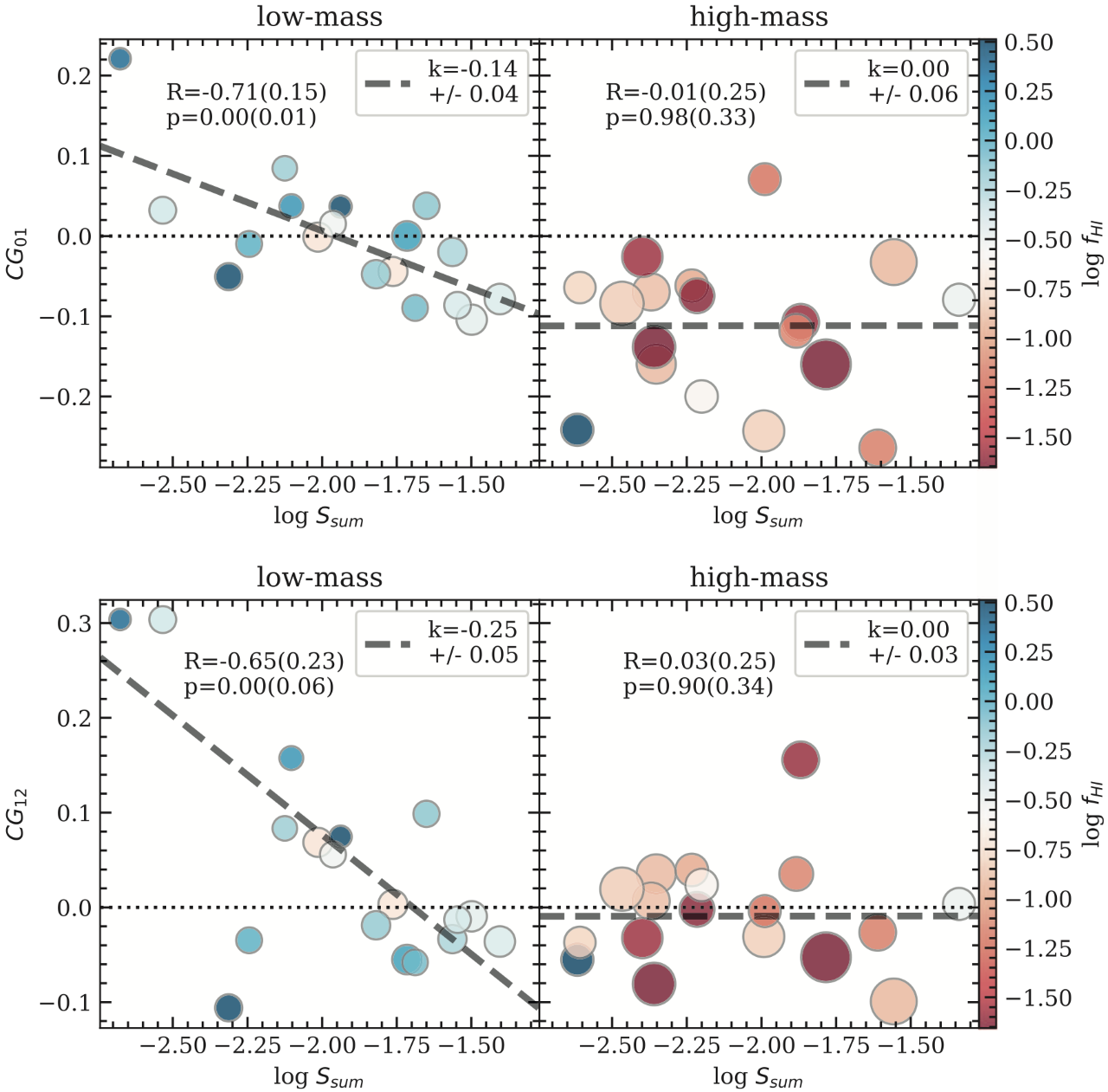
WALLABY pilot survey: H I gas disc truncation and star formation of galaxies falling into the Hydra I cluster
by Tristan Reynolds
We use the wide-field observations of the Hydra I cluster to investigate the effect of galaxy environment on H I gas removal and star formation quenching by comparing uniformly measured HI and multi-wavelength properties of cluster and infall galaxies with a control sample of field galaxies (blue, purple and orange in Figure 2, respectively) extending up to ~5R200 from the cluster centre. We find a sharp decrease in the H I-detected fraction of infalling galaxies at a projected distance of ~1.5R200 from the cluster centre from ~85% to ~35%.
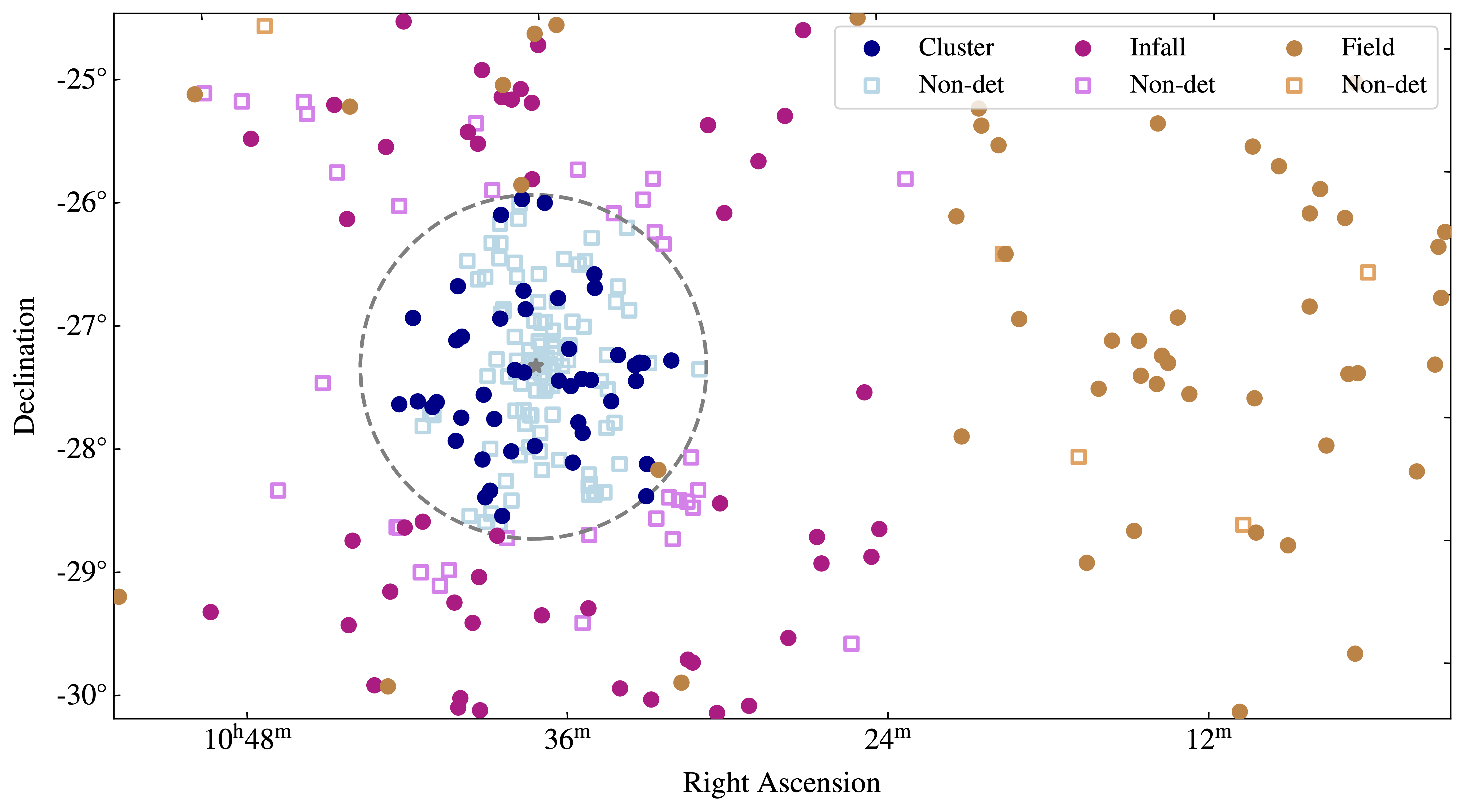
We see evidence for the environment removing gas from the outskirts of H I-detected cluster and infall galaxies through the decrease in the H I to r-band optical disc diameter ratio. Figure 3 illustrates the shrinking of the HI disc (purple contour) relative to the optical disc (red ellipse) for three example galaxies from our field, infall and cluster samples with similar stellar masses (the left and right panels show the PanSTARRS r-band and GALEX near-UV (NUV) band images for each galaxy). These galaxies lie on the star-forming main sequence, indicating that gas removal is not yet affecting the inner star-forming discs and is limited to the galaxy outskirts.
Although we do not detect galaxies undergoing galaxy-wide quenching, we do observe a reduction in recent star formation (traced by near-UV emission) in the outer disc of cluster galaxies (the NUV disc size is indicated by the dashed blue ellipse in Figure 3), which is likely due to the smaller gas reservoirs present beyond the optical radius in these galaxies. Stacking of H I non-detections with H I masses below (MHI ≤ 108.4 Msun) will be required to probe the H I of galaxies undergoing quenching at distances ≥ 60 Mpc with WALLABY. This work has been published in MNRAS.
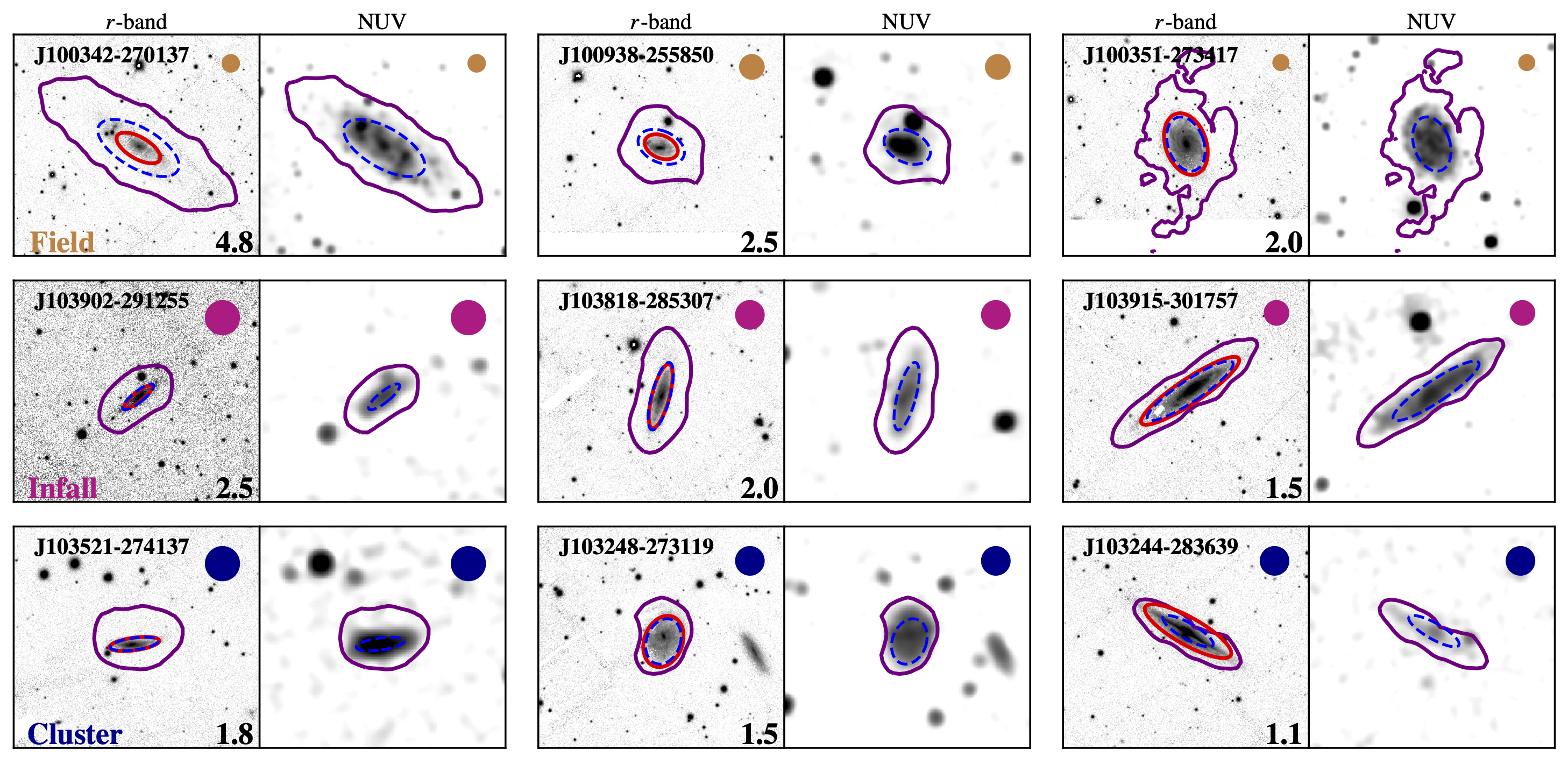
iDaVIE-v: WALLABY galaxies in VR demonstration
by Marcin Glowacki
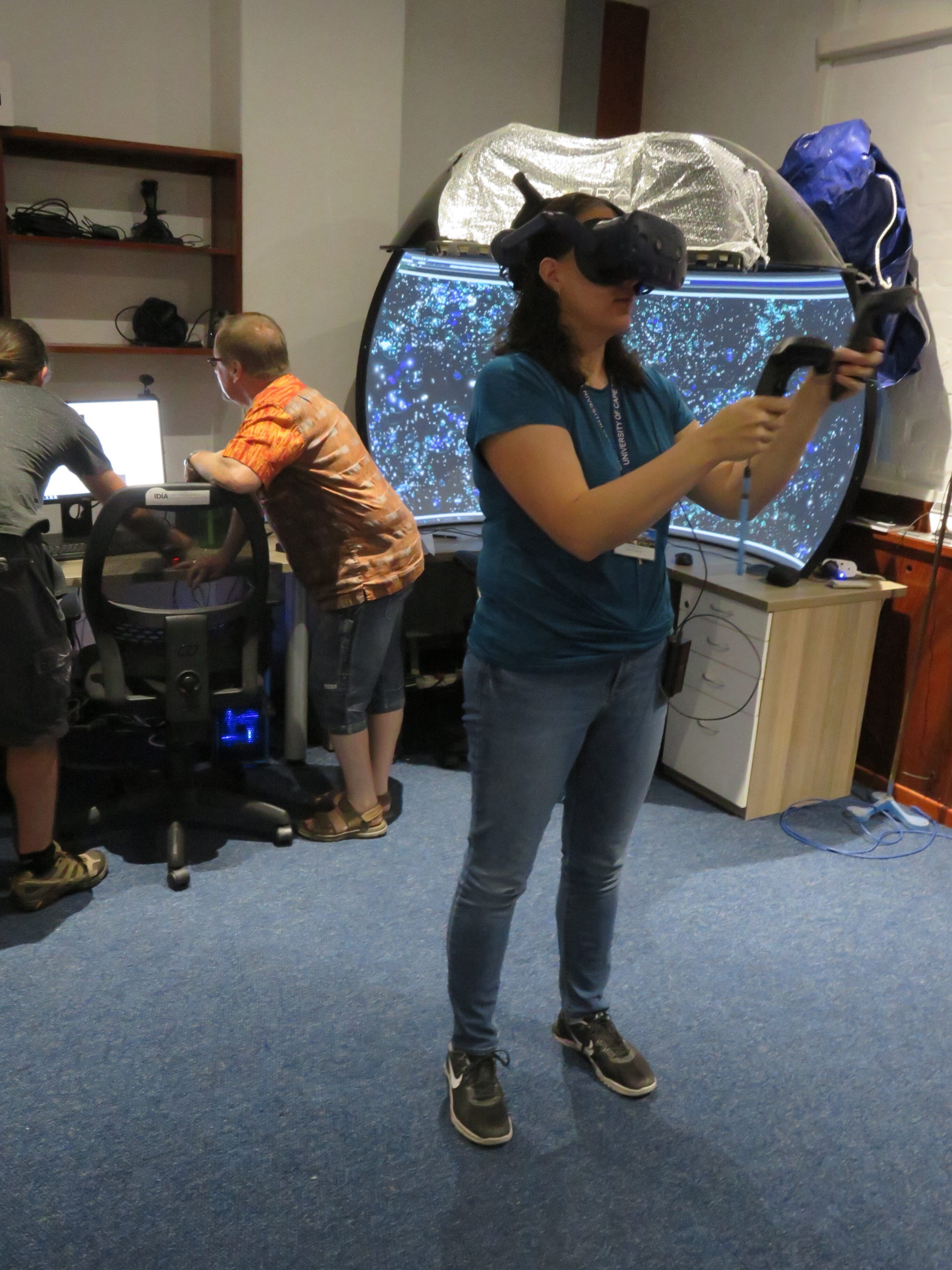 I am an ongoing beta tester for iDaVIE-v, “immersive Data Visualisation Interactive Explorer for volumetric rendering”. This is a publicly available piece of software developed by members of IDIA (Inter-University Institute for Data Intensive Astronomy) that allows you to view astronomical data cubes in 3D through a VR headset. I’m personally using it for source finding efforts with the LADUMA HI emission survey with MeerKAT – source finding or spectroscopic catalogues can be overlaid, and subcubes and moment maps generated on the fly.
I am an ongoing beta tester for iDaVIE-v, “immersive Data Visualisation Interactive Explorer for volumetric rendering”. This is a publicly available piece of software developed by members of IDIA (Inter-University Institute for Data Intensive Astronomy) that allows you to view astronomical data cubes in 3D through a VR headset. I’m personally using it for source finding efforts with the LADUMA HI emission survey with MeerKAT – source finding or spectroscopic catalogues can be overlaid, and subcubes and moment maps generated on the fly.
Last month, I gave a demonstration of the software at UWA, showcasing a 22 GB .fits cube of a WALLABY observation of the Hydra I field. We also looked at a few other datasets, such as a LADUMA cube and 21-cm absorption data.
If you’re interested in viewing other datasets in 3D through VR, please let me know and I can bring in the VR headset gear for another session!
TWG 3 – Data Processing, Imaging and Quality Control
by Bi-Qing For
A document detailing metrics and how they are computed is now available along with its HTML data validation report on CASDA. A pdf copy can also be found here https://github.com/askap-qc/validation/wallaby_metrics.pdf.
TWG 4 – Source Finding and Cataloguing
by Tobias Westmeier on behalf of TWG 4
The SoFiA team released a new stable version (v2.4) of SoFiA which comes with a large number of improvements and new features, most notably around reliability calculation and filtering. It is now possible to control the dimensionality and composition of the parameter space used to calculate the reliability of detections. In addition, the reliability diagnostic plots have been overhauled, and a new Skellam plot will make it easier to assess the optimal size of the Gaussian kernel used by the reliability algorithm. Lastly, the auto-kernel feature from SoFiA 1 has been transferred across to allow the reliability kernel scale factor to be automatically optimised. A complete list of changes is available in the release notes on GitHub.
The SoFiA team now also offers official Docker images of all stable releases of SoFiA which are available from Docker Hub. These can be used in situations where the installation from source is not possible or not desirable for some reason. Due to the significant overhead imposed by the containerisation process, the execution of SoFiA via Docker (or Singularity, which has built-in support for Docker images) is only recommended in special circumstances. The average user should continue to obtain the SoFiA source code from GitHub, as installation from source is generally easier and will occupy significantly less disc space.
We now also provide detailed documentation of the SoFiA source code generated with Doxygen. This is aimed at programmers who are interested in using components from SoFiA in their own software. Being written in C, the SoFiA code is highly modular and object-oriented, making it straightforward to reuse bits and pieces in other software packages. In particular, SoFiA implements a wide range of statistical algorithms and several container classes for things such as dynamic arrays and strings which are not natively provided by the C standard library (although the C++ standard library does provide those).
With help from the Australian SKA Regional Centre (AusSRC), TWG 4 has set up a source finding workflow for the full WALLABY survey which is currently being tested on phase 2 pilot survey data from WALLABY. Once complete, the new workflow will automatically obtain and mosaic new WALLABY data from the CSIRO ASKAP Science Data Archive (CASDA) and run SoFiA to create a source catalogue and additional data products. These will be fed into an online archive for value-added WALLABY data products that can be directly accessed by team mem- bers using Python notebooks on a virtual machine, thus alleviating the need to distribute source catalogues and images via Dropbox. The first phase 2 pilot data will soon be made available to the team using the new archive.
TWG 5 – Kinematics Pipeline
by Kristine Spekkens
Technical Working Group 5 (TWG 5) continues to hone the approach to kinematically modelling spatially-resolved Pilot Survey Phase 1 detections. Kinematic models have been insofar internally released for over 100 objects across all three Phase 1 fields. Figure 4 illustrates the model outputs for one of the better-resolved detections in the sample; the magenta circles on the left illustrate the optimal disk geometry, and the isovelocity contours on the right show sky-plane isovelocity contours of the optimal 3D model.
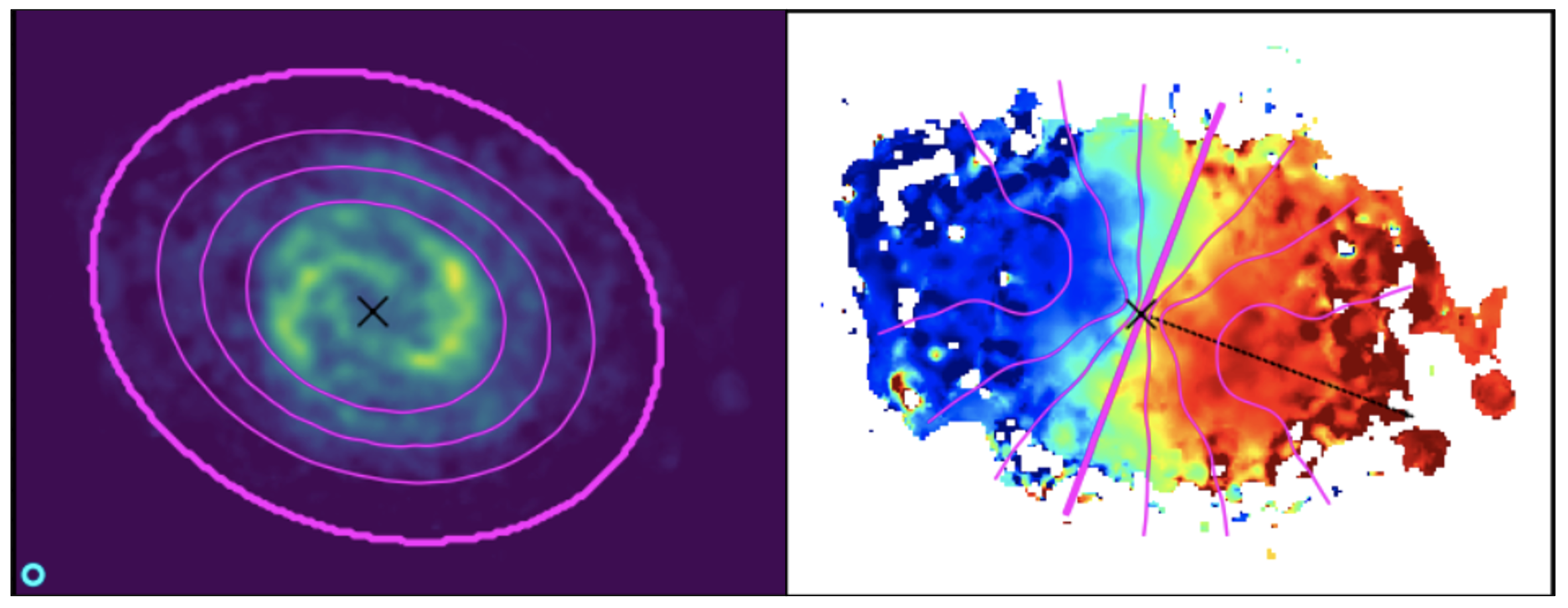
Work in recent months has focussed on finalizing the set of kinematic models that will be publicly released along with the Pilot Survey Phase 1 detections. The final model attempt selection criteria depend only on angular size and integrated signal-to-noise of the detection, with the former being the strongest predictor of modelling success. The a description of kinematic modelling process, results, data availability and a first analysis of the population of galaxies modelled are the focus of a data release paper that is being drafted now.
TWG 5 would appreciate feedback on the utility of the models distributed to the team so far. Suggestions for improvement would be particularly useful: if you have a science case that requires a rotating disk model, please get in touch! In addition, WALLABY members who wish to join TWG 5 to contribute to this effort are always welcome. Regular updates regarding TWG 5 activities and meetings are posted on the WALLABY wiki. Stay tuned!
TWG 7 – WALLABY Cat
by Tristan Reynolds and Austin Shen
Most of the current work within TWG 7 is focused on preparing for the public data release of pilot survey phase 1 data in the next couple of months and gearing up for the internal release of phase 2 data to the team through the WALLABY database. The public data release will include all phase 1 source finding and kinematics data and will be released through the CSIRO ASKAP Science Data Archive (CASDA) and the Canadian Astronomy Data Centre (CADC) providing the public with multiple avenues to access WALLABY data. The full 30-square-degree mosaicked spectral line cubes will also be released on CASDA, which the user will be able to download in full or extract subcubes of interest.
The first phase 2 data has successfully run through the post processing pipeline (e.g. download footprints from CASDA, mosaic them and run SoFiA) and the output source catalogue is currently undergoing quality checking before it is released to the team.
Thanks to the efforts of Austin, the WALLABY database is ready for the team to use to access and analyse WALLABY data. All WALLABY team members will be able to put in a request for an account on the AusSRC cluster, which is needed to access the WALLABY database. Once team members have an account, they will be able to access and query the database using python notebooks, which were demonstrated at the WALLABY science meeting on November 12, 2021. We provide two notebooks to get the team started. One notebook is for extracting and downloading data from the database and will enable team members to work with the data locally. The other notebook provides examples of how to access and analyse WALLABY data on the AusSRC cluster (e.g. bring the user to the data instead of bring the data to the user). Austin and I will run tutorials on how to access the WALLABY database in the coming months.
SWG 1 – Galactic HI and High Velocity Clouds
by Helga Dénes and Bi-Qing For
Overlap of WALLABY on GASKAP science
Since the last newsletter one of the main activities of SWG 1 was contributing text to the WALLABY RASSP (Review of ASKAP Survey Science Proposals), which was submitted at the end of 2021. During the preparation for the RASSP we coordinated discussions between the WALLABY team and the GASKAP team to review joint science goals and to optimise the proposed observing strategy for both surveys. We would like to encourage WALLABY team members who are interested in Galactic studies to propose project with the WALLABY Milky Way data or joint projects between WALLABY and GASKAP. Questions about the WALLABY Milky Way data or about proposing projects can be sent to the chairs of SWG 1 (Bi-Qing For and Helga Dénes).
SWG 1 is currently working on validating the Milky Way cubes of the first fields observed for the WALLABY Phase 2 Pilot Survey. We are in the process of validating the data taken for the NGC 5044 and the NGC 4808 fields. The data for the NGC 5044 field is good, only one beam suffers from a lower sensitivity compared to the rest of the beams. The cube has an average per channel rms of 4.1 mJy/beam and clear Milky Way HI emission and absorption against several continuum sources. The NGC 4808 data set is similarly good. For this data cube about half of the beams have a few channels missing at one end of the data cube. The average per channel rms for the cubes is 3.7 mJy/beam and there is clear HI emission detected from the Milky Way and members of the NGC 4808 galaxy group (Figure 5).
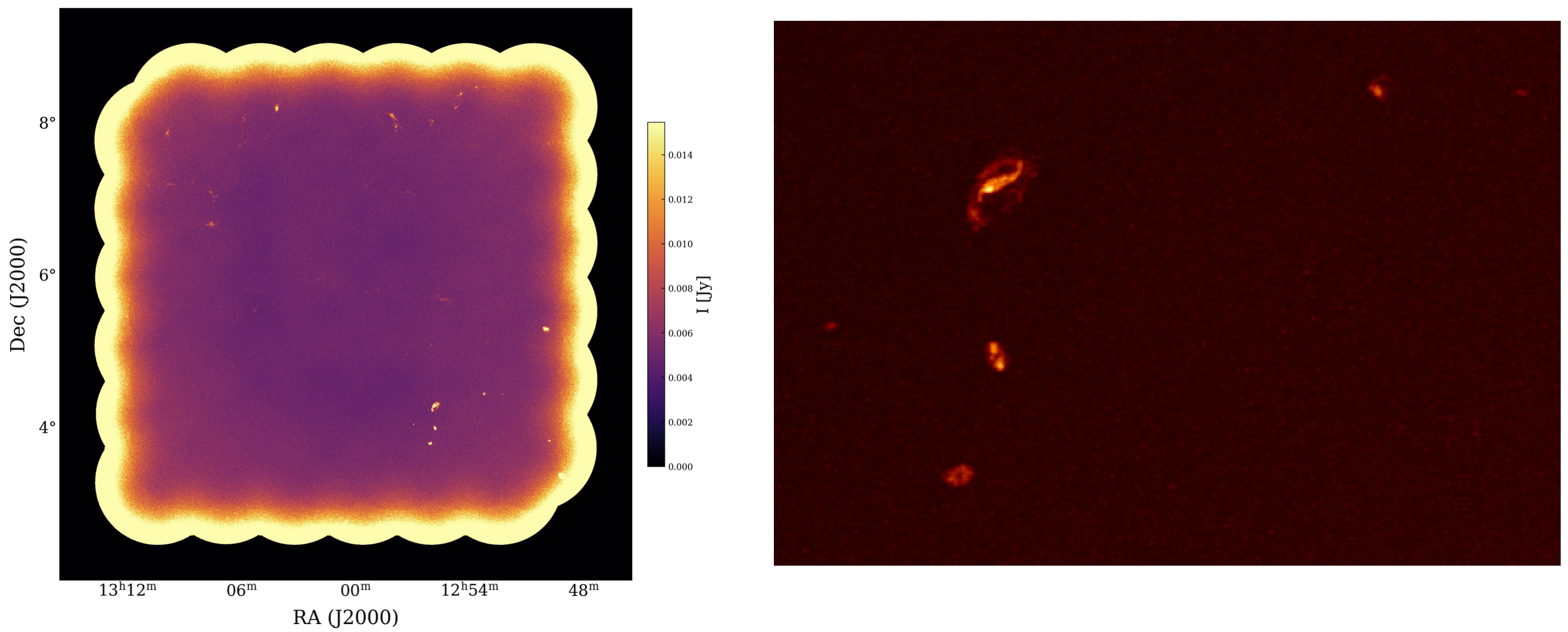
SWG 2 – Local Volume
by Ivy Wong and Se-Heon Oh
Congratulations to Shun Wang and his team for having his paper entitled “WALLABY pre-pilot survey: the effects of tidal interaction on radial distribution of colour in galaxies of the Eridanus supergroup”, accepted for publication in ApJ. For lower mass galaxies (M* ≤ 109 Msun) in Eridanus, they found evidence for decreasing HI-to optical disk sizes and enhanced colour gradients with greater tidal perturbation strength. Modulo the contribution of stellar mass, greater reddening is observed in the inner disks of galaxies estimated to be experiencing greater tidal perturbation. Such enhancement in colour gradients is not observed in the higher mass Eridanus galaxies. Well done to Shun and his team!
In the last newsletter, we showed some beautiful ALMA/ACA CO maps of galaxies from the NGC 4636 and IC 1459 groups from Bumhyun Lee. This paper will be submitted sometime in early February. Best wishes for the submission Bumhyun!
As always, whether you’d like to start a new SWG2 project or join an existing SWG 2 project or simply accrete like-minded team collaborators, please head on over the SWG2 Google Group! If you are new to WALLABY, you can also ping Se-Heon or myself if you’d like to be introduced to the various teams as well.
Upcoming Meetings
2021 February 17: WALLABY monthly Science Meeting on the third Thursday of the month alternating between European and North/South American friendly times (online/virtual attendance)
WALLABY Publications
Aug 2021 – Jan 2022:
- Reynolds, T. N., Catinella, B., Cortese, L., Westmeier, T., Meurer, G. R., Shao, L., Obreschkow, D., Román, J. et al 2022, WALLABY Pilot Survey: HI gas disc truncation and star formation of galaxies falling into the Hydra I cluster, Monthly Notices of the Royal Astronomical Society, 510, 1716
- Wang, S., Wang, J., For, B.-Q., Lee, B., Reynolds, T. N., Lin, X., Staveley-Smith, L., Shao, L. et al 2021, WALLABY Pre-Pilot Survey: The effects of tidal interaction on radial distribution of colour in galaxies of the Eridanus supergroup, accepted for publication in The Astrophysical Journal, eprint arXiv:2112.06564
